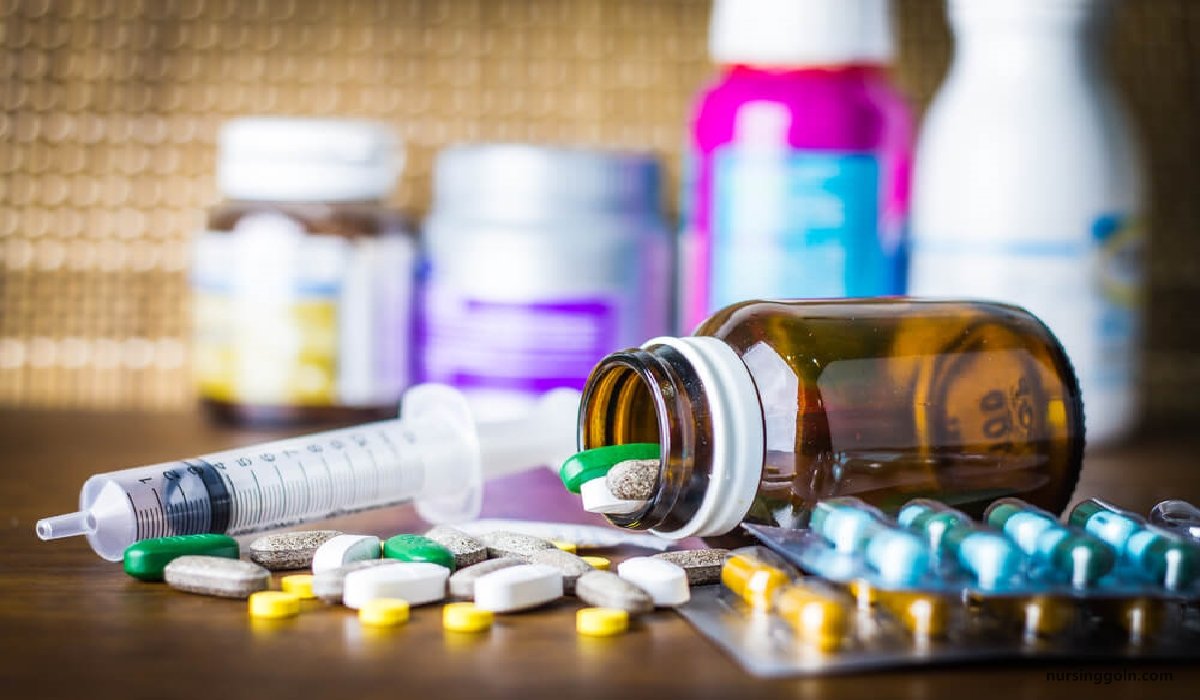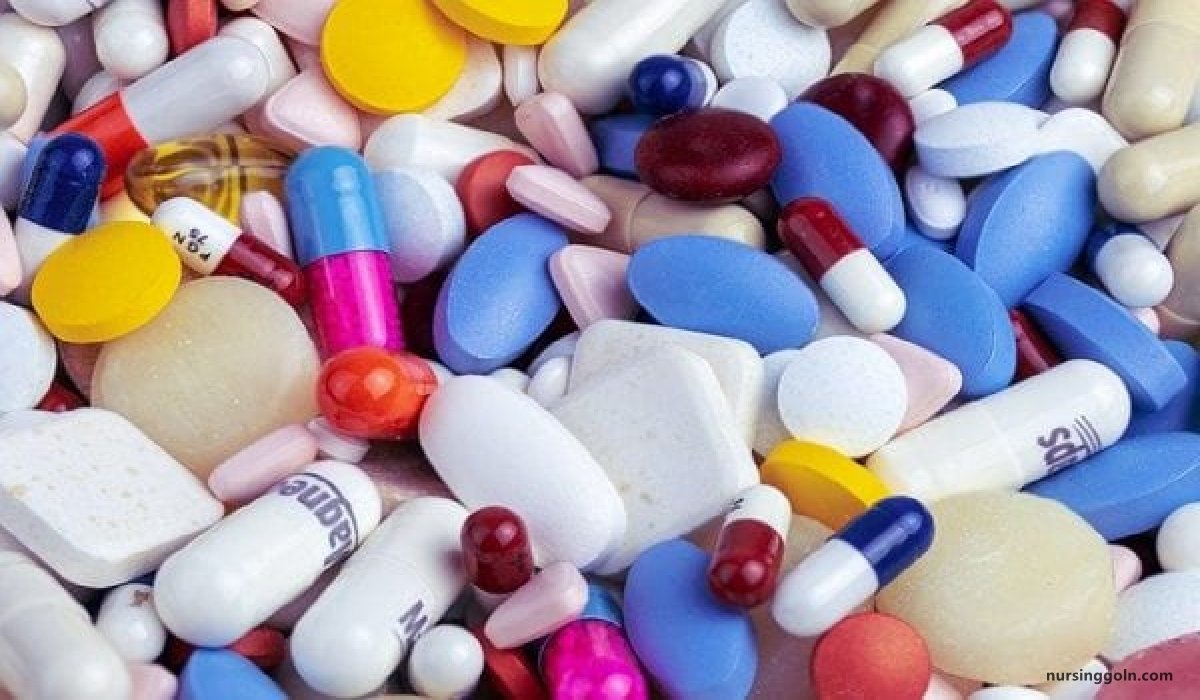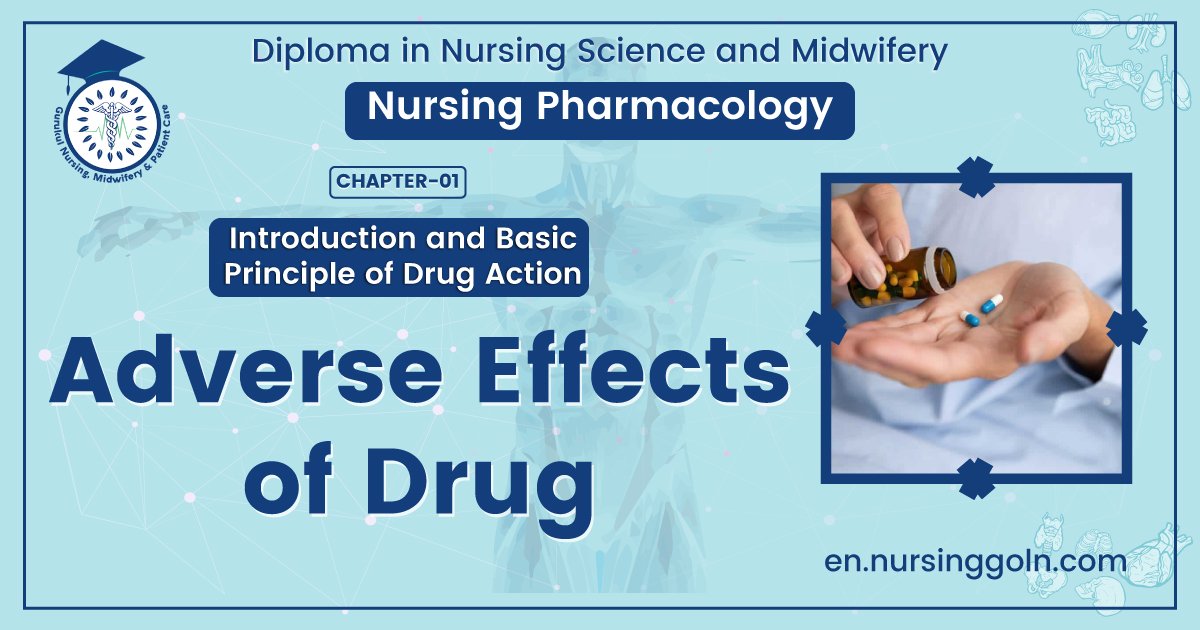Adverse Effects of Drug – This book covers the entire syllabus of “Pharmacology” prescribed by BNMC- for diploma in nursing science & midwifery students. We tried to accommodate the latest information and topics. This book is an examination set up according to the teachers’ lectures and examination questions.
At the end of the book, previous questions are given. We hope in touch with the book students’ knowledge will be upgraded and flourish. The unique way of presentation may make your reading of the book a pleasurable experience.

Adverse Effects of Drug
Adverse effect is ‘any undesirable or unintended consequence of drug administration’. It is a broad term, includes all kinds of noxious effect-trivial, serious or even fatal. WHO definition Any response which is noxious, unintended and which occurs at doses normally used in humans for prophylaxis, diagnosis or therapy of disease, or for modification of physiological function.
Adverse Event:
Any untoward medical occurrence that may present during treatment with a pharmaceutical product but which does not necessarily have causal relationship with the treatment.
Classification of Adverse effects
There may be five types of adverse effect:
➤ A=Augmented effect
➤ B-Bizarre effect
➤ C-Continuous effect
➤ D-Delayed effect
➤ E-Ending of use effect
Predictable (Type A or Augmented) reactions (mechanism based adverse reactions) These are based on the pharmacological properties of the drug, which means that they are augmented, but qualitatively normal response to the drug; include side effects, toxic effects and consequences of drug withdrawal. They are more common, dose related and mostly preventable and reversible.
➤ In hyperglycaemia Insulin used in high dose Hypoglycaemic shock.
➤ Diuretics excess dose Hypokalaemia.
Unpredictable (Type B or Bizarre) reactions
These are based on peculiarities of the patient and not on drug’s known actions; include allergy and idiosyncrasy. They are less common, often non-dose related, generally more serious and require withdrawal of the drug. Some of these reactias can be predicted and prevented if their genetic basis is known and suitable test to characterize the individual’s phenotype is performed.
Types
➤ Hypersensitivity – Type I hypersensitivity
- It is a rapidly occurring reaction, hence called immediate hypersensitivity reaction. The manifestations are itching, urticaria, hay fever, asthma or even anaphylactic shock.
➤ Idiosyneasy Chloramphenicol in a patient genetically deficient Glucoronyle 6-PO4 dehydrogenase enzyme Hemolytic anaemia
- Type-C: Due to long continued use.
➤ Nephropathy: Due to the prolong use of analgesic (like paracetamol)
➤ Extrapyramidal syndrome: Due to the prolong use of chlorpromazine.
➤ Type-D: Delayed reaction.
Use of certain drugs like Thalidomide, produce delayed effect on foetus: Teratogenicity and Carcinogenicity.
➤ Type-E: Withdrawal reaction.
Example:
➤ Corticosteroid used for long time → stopped suddenly → Produce acute adrenal insufficiency
➤ In peptic ulcer H₂ receptor blocker used for prolong time → if stopped suddenly (normal course =6 weeks) rebound hyperacidity occur. So, these drugs need withdraw with therapy dose.

Causes of adverse effects:
Adverse effects to drugs are due to or promoted by:
➤ Non-drug factors
Intrinsic to the patient:
Age.
- Sex
- Genetics
- Tendency to allergy
- Disease
- Personality
- Habit
Extrinsic to the patient:
- The prescriber.
- The environment.
➤ Drug factors
- Use of the drug.
- Interactions between drugs

Severity of Adverse Drug Reactions
1. Minor: No therapy, antidote or prolongation of hospitalization is required,
2. Moderate: Requires change in drug therapy, specific treatment or prolongs hospital stay by atleast one day.
3. Severe: Potentially life-threatening, causes permanent damage or requires intensive medical treatment.
4. Lethal: Directly or indirectly contributes to death of the patient.
Prevention of Adverse Effects to Drugs
Adverse drug effects can be minimized but not altogether eliminated by observing the following practices:
1. Avoid all inappropriate use of drugs in the context of patient’s clinical condition.
2. Use appropriate dose, route and frequency of drug administration based on patient’s specific variables
3. Elicit and take into consideration previous history of drug reactions.
4. Elicit history of allergic diseases and exercise caution (drug allergy is more common in patients with allergic diseases).
5. Rule out possibility of drug interactions when more than one drug is prescribed.
6. Adopt correct drug administration technique (e.g. intravenous injection of vancomycin en must be slow).
7. Carry out appropriate laboratory monitoring (e.g. prothrombin time with warfarin, serum drug levels with lithium).
Read more:
